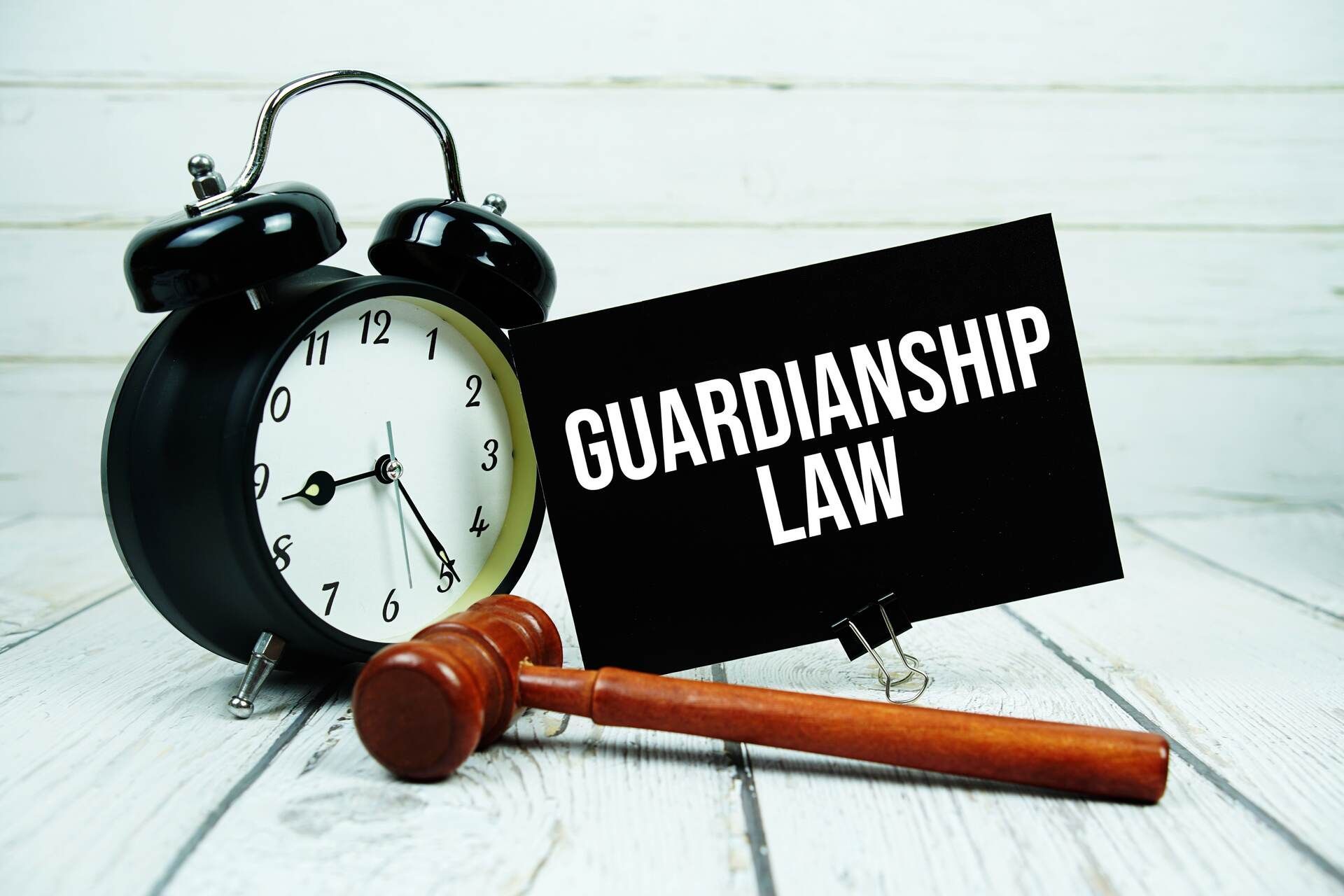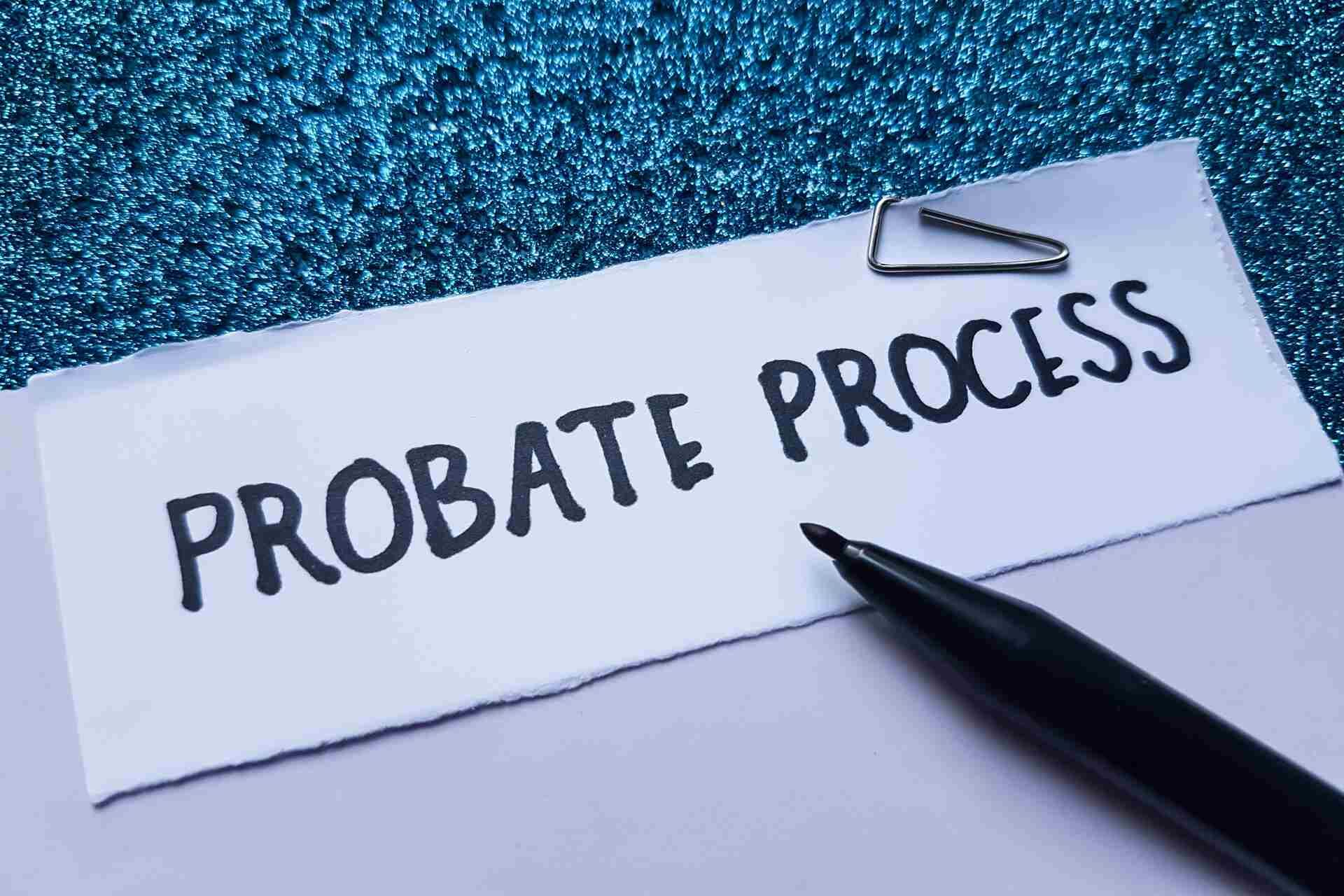The most effective estate plans, which best reduce taxes and protect assets for heirs, are established years before a person’s death. However, even after death there are often significant opportunities to improve an estate plan that contains one or more defects or otherwise does not best serve the needs of the heirs. Even in the case of a well designed plan, there are a number of elections or choices to be made that can affect the estate taxes that may be assessed against the estate and the income taxes that will be paid in the years to come.
Some postmortem planning involves the establishment of a trust or the modification of an existing trust. We occasionally see cases where an inheritance has been left outright to an heir that is too young, is disabled or is receiving governmental benefits that will be lost because of the outright inheritance. In many of those cases we have been able to modify the estate plan after the person’s death to include a trust to receive the inheritance so that it will be better protected for the heir and will not jeopardize governmental programs. A similar situation is where the inheritance is being left in a trust that does not suit the heir’s needs either because circumstances have changed since it was drafted or because it was simply not well designed. In those cases it is usually possible to modify the trust to better serve the needs of the heir. Implementing a trust where none exists, or modifying the terms of an existing trust usually involves the filling of a petition in probate court and receiving an order establishing or amending the trust. In recent years the law in this area has been liberalized and a trust creation or modification is now sometimes possible without court assistance.
Postmortem planning can also be important in the area of reducing estate taxes and income taxes. Some of the opportunities and techniques are relatively simple and others more complex, but often the total tax bill to be incurred can be significantly reduced. One simple technique is to take advantage of the alternate valuation date for estate assets. The estate tax is generally applied to the value of assets at the time of death. However, if asset values decline after death, an alternate date, up to six months after date of death, can be selected for valuation. Because of certain restrictions on that technique, planning to take advantage of it must be undertaken shortly after death. The valuation of real estate and business assets is another planning opportunity. Because valuation is not an exact science there is often a range of supportable values. If the estate is subject to estate tax, heirs generally want lower valuations. However, if estate taxes are not an issue, a high valuation is often preferable because that will provide additional basis for capital gains purposes in the future. Analyzing the best strategy and obtaining the most appropriate appraisals can have a significant effect on the total taxes to be paid. The tax rules include a number of elections that need to be made after death and which can have significant impact on future taxes to be paid.
Many postmortem strategies involve the use of “disclaimers.” With some limitations, state law and Federal tax law allow beneficiaries to disclaim the receipt of an inherited asset. In that case, the estate is treated as though the heir is not living, and the asset passes to whoever would have received it if the heir had in fact not been living. Often the secondary beneficiary is a child, grandchild or other family member who will ultimately receive the asset in any event. In that case, the asset will remain within the family, but the disclaimer my significantly reduce estate taxes by skipping inclusion in the taxable estate of the older generation. In the right situation, disclaimers are a powerful tool to accomplish a variety of tax and non-tax family objectives.
The funding of trusts after death also presents a planning opportunity. Most estate plans for a married couple include the use of a credit shelter trust to be established after death. The selection of which assets will be used to fund that trust versus the marital trust or other bequests can have a huge difference on the amount of estate tax that will be paid when the surviving spouse passes away later.
Estate planning, especially for larger estates, will provide the greatest benefit if undertaken years before death. However, even after death there are still a number of planning opportunities for heirs to consider, but some of those planning techniques will be lost unless undertaken quickly.






